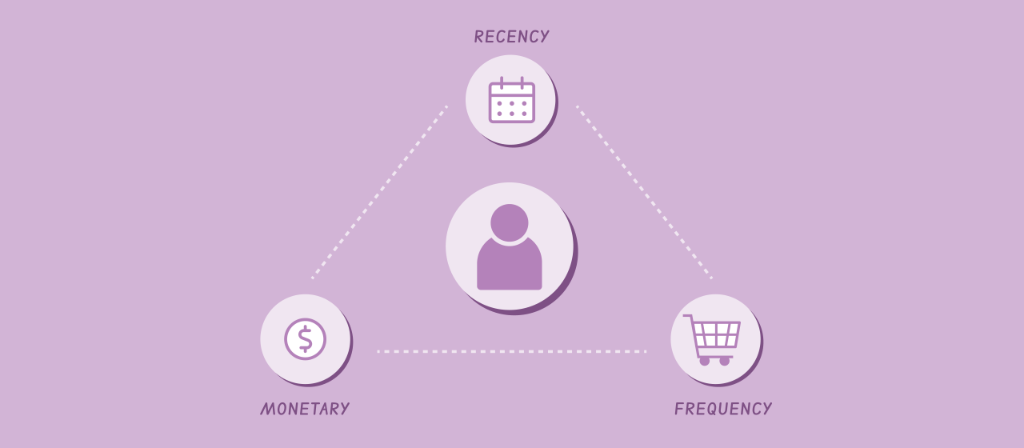The challenge of retaining customers in the long term is crucial to a company's success. In today's highly competitive economic landscape, it is no longer enough to acquire customers once. Companies must continuously work on their relationship with their customers in order to retain them in the long term.
This issue of customer retention is key, as loyal customers are often more profitable than new customers. They not only make repeat purchases, but also recommend the brand to others and contribute to a positive image.
This is where the RFM analysis comes into play: We guide you through this strategic approach, which makes it possible to segment customers according to their purchasing behaviour and identify the most valuable among them. By taking targeted measures to promote customer loyalty, companies can strengthen their relationships with these top customers and thus ensure their long-term success. RFM is an essential topic for strengthening customer loyalty.





